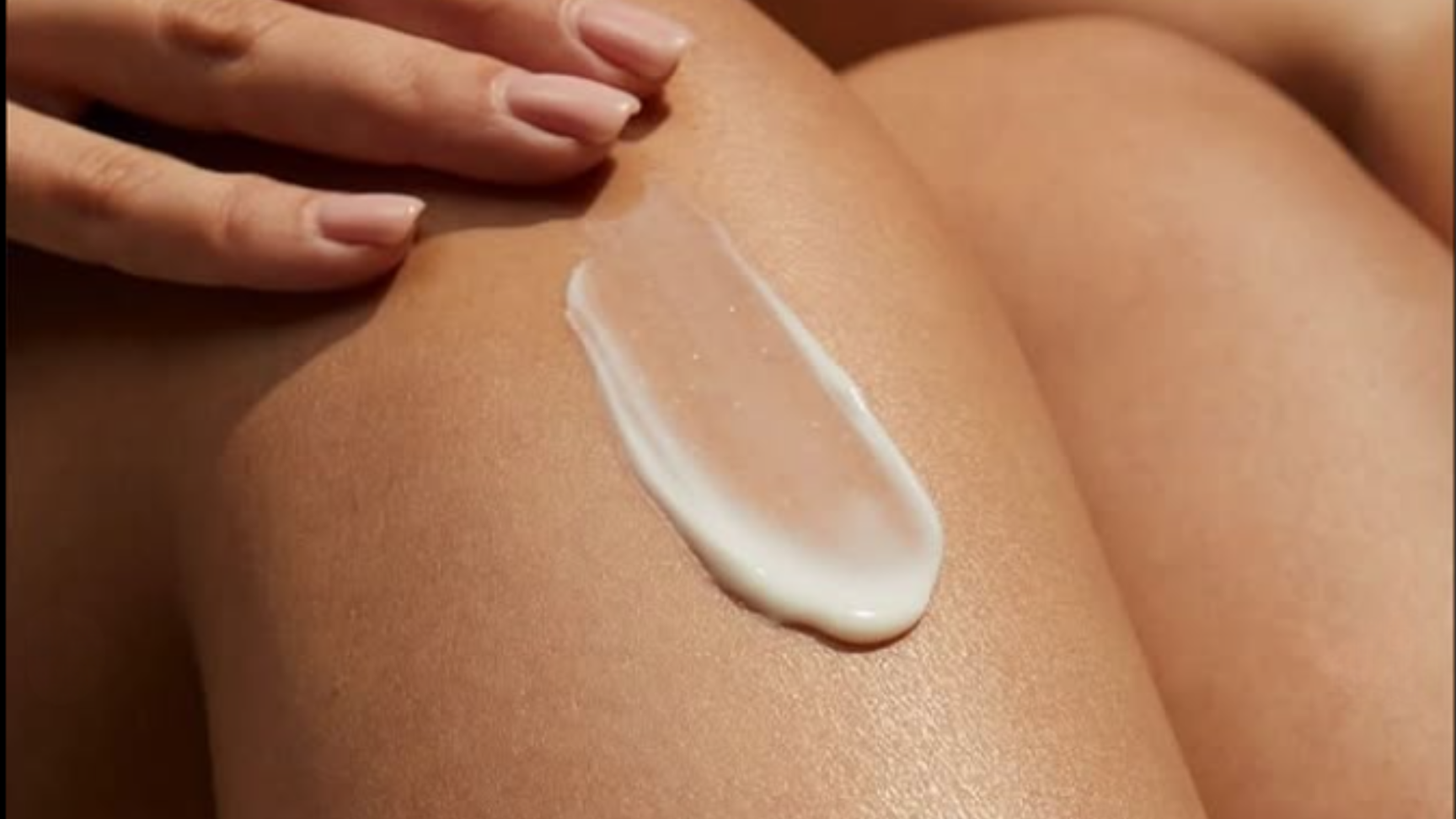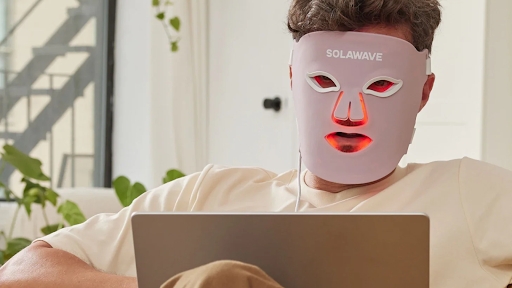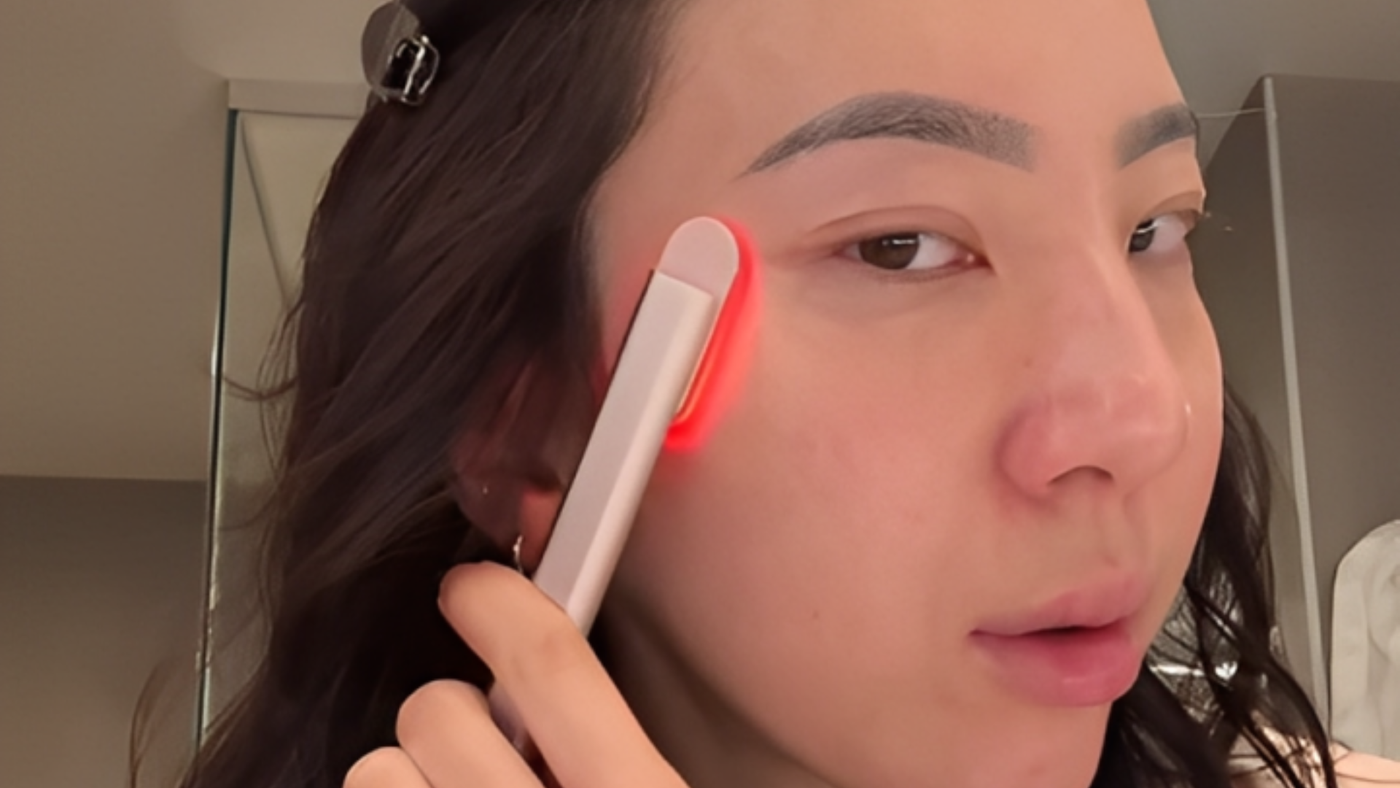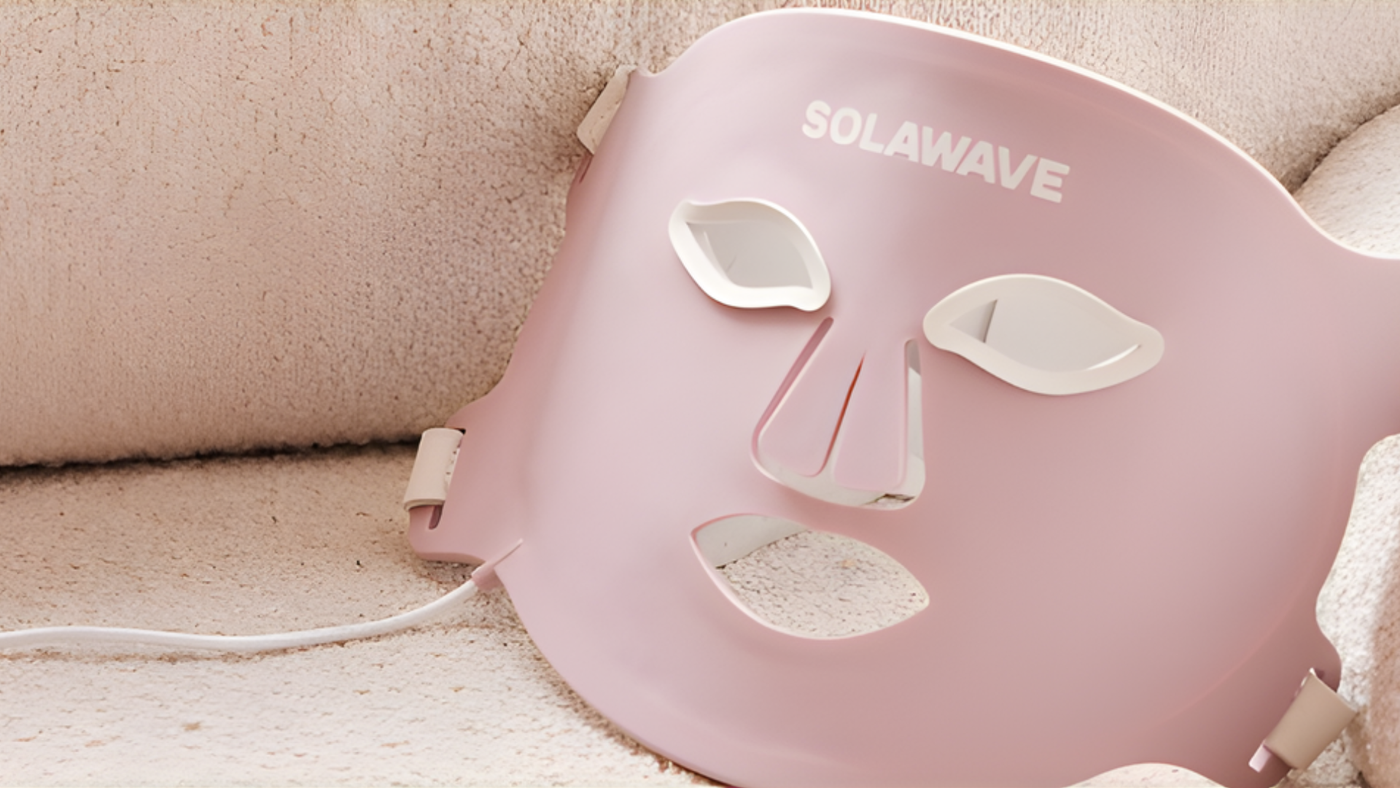

What is Keratosis Pilaris: All you need to know about it
Have you ever noticed tiny, rough-feeling bumps on your upper arms, thighs, or cheeks and wondered what they are? You're not alone. This common and completely harmless skin condition is called keratosis pilaris. Often referred to as "chicken skin" because of its texture, it affects a large number of adults and even more teenagers. While it isn’t a cause for medical concern and poses no health risks, many people seek ways to manage its appearance for smoother, more even-toned skin they can feel confident in.
If you're looking for answers, you’ve come to the right place. This is your complete guide to understanding what is keratosis pilaris, why it happens, and what you can do about it. We'll walk through the KP symptoms and causes and provide a helpful keratosis pilaris treatment guide to help you achieve the skin of your dreams.
What is Keratosis Pilaris, Exactly?
Keratosis pilaris (KP) is a benign skin condition that presents as small, rough bumps on the skin's surface. It’s helpful to think of it less as a disease and more as a variation of normal skin. These bumps are essentially plugs of dead skin cells that have become trapped in the openings of hair follicles. The condition is extremely common, affecting an estimated 50-80% of adolescents and around 40% of adults worldwide. Though it can be frustrating, it is not contagious.
The bumps themselves can be skin-colored, but they might also appear red, white, pinkish, or brown-black, depending on your skin tone. This discoloration is often due to mild inflammation in the follicle. When you run your hand over the area, it can feel like sandpaper or permanent goosebumps. While KP can appear anywhere on the body that has hair follicles (except the palms of your hands and soles of your feet), it most often shows up on the upper arms and the front of the thighs. In children, it's quite common to see it on the cheeks, which can sometimes be mistaken for acne. Adults and teens may also notice it on their back and buttocks. The good news is that these bumps usually don't hurt or itch, though some people may experience mild itching, especially when their skin is very dry.
The "Chicken Skin" Condition Explained
The nickname "chicken skin" comes from the appearance of the bumps, which can resemble the skin of a plucked chicken. It's a highly descriptive and widely used term that perfectly captures the look and feel of KP. This distinct texture is caused by the overproduction and buildup of keratin, a hard, fibrous protein that is a key structural component of your hair, skin, and nails. Its primary job is to protect your skin from infection and other harmful external substances.
In a typical skin cycle, dead skin cells containing keratin naturally flake off the skin's surface to make way for new cells. In people with keratosis pilaris, this process is disrupted. The body produces excess keratin, which then accumulates inside the hair follicles. This excess protein, mixed with dead skin cells, forms a hard plug that blocks the pore opening. This plug is what forms the characteristic bump you see and feel. It’s important to understand that these are not pimples; they aren't caused by bacteria or trapped oil in the same way acne is, so they can't be "popped".
KP Symptoms and Causes
Recognizing keratosis pilaris is usually straightforward due to its distinct appearance. The primary signs are the bumps themselves, but there are a few other associated symptoms to be aware of. Understanding the root causes can also help in finding the most effective management strategy for your unique skin.
Recognizing the Key Symptoms
The most common symptoms and signs of keratosis pilaris include:
- Painless, tiny bumps that are most often found on the back of the upper arms, the front of the thighs, cheeks, or buttocks.
- Dry and rough skin in the areas where the bumps appear, which can feel uneven to the touch.
- A sandpaper-like texture that feels coarse when you run your hand over it.
- Bumps that may vary in color from flesh-toned to red, pink, or brown, sometimes with a small, coiled hair trapped inside.
- Symptoms that can worsen during colder, drier months when there is less humidity in the air, leading to increased skin dryness.
What Causes Bumpy Skin on Arms and Legs?
While the direct cause of KP is a buildup of keratin in the hair follicles, the precise reason why some individuals overproduce this protein isn't fully understood. However, scientific research and clinical observations point to a few key contributing factors that increase the likelihood of developing this bumpy skin on arms and legs.
The Role of Genetics
Keratosis pilaris has a very strong genetic component and often runs in families. It is typically inherited in an autosomal dominant pattern, meaning you only need to inherit the responsible gene from one parent to have a higher chance of developing the condition. This is why if your parents or siblings have "chicken skin," you are significantly more likely to have it too.
Associated Skin Conditions
People with certain other skin conditions, particularly those related to skin barrier function and dryness, are more prone to developing KP. These include:
Dry Skin (Xerosis)
Individuals with naturally dry skin are more susceptible because a lack of moisture can interfere with the skin's natural exfoliation process, exacerbating the keratin buildup.
Eczema (Atopic Dermatitis)
There is a very strong and common link between eczema and KP. Both conditions are related to a compromised skin barrier and a gene mutation that affects a protein called filaggrin, which is crucial for skin hydration. This shared link can lead to increased dryness and follicular plugging.
Ichthyosis Vulgaris
This is another genetic condition characterized by very dry, thick, and scaly skin that resembles fish scales. It is frequently seen alongside keratosis pilaris and is also linked to filaggrin mutations.
Hormonal and Environmental Factors
Hormonal fluctuations can sometimes trigger or worsen KP, which helps explain why it often becomes more pronounced during puberty and pregnancy. These hormonal surges can influence skin cell production and shedding. The environment also plays a significant part. Cold, dry climates can strip the skin of its natural oils and moisture, making the bumps more noticeable and the skin feel rougher and itchier. Many people find their KP improves naturally during the warm, humid summer months and flares up during the fall and winter.
Your Keratosis Pilaris Treatment Guide
Since keratosis pilaris can't be cured, the goal of treatment is to manage the symptoms and improve the skin's appearance and texture by softening and reducing the bumps. A consistent and gentle approach is the most effective strategy. Harsh scrubbing, picking, or squeezing the bumps will only cause irritation, redness, and potential scarring, and it won't solve the underlying problem. A successful routine usually involves a combination of gentle exfoliation, deep hydration, and, for some, advanced therapies to soothe inflammation.
Gentle At-Home Care
A solid at-home skincare routine is the foundation for managing KP. The focus should be on softening the keratin plugs, promoting cell turnover, and keeping the skin deeply hydrated. A great place to start is with our line of supportive skincare products.
Moisturize, Moisturize, Moisturize
This is arguably the most important step. Dryness makes KP worse, so applying a high-quality, oil-free moisturizer multiple times a day is crucial. Look for lotions and creams containing ingredients like lactic acid, glycolic acid, salicylic acid, or urea. These are keratolytic agents—alpha-hydroxy acids (AHAs) and beta-hydroxy acids (BHAs)—that gently exfoliate dead skin cells while also drawing moisture into the skin. Apply moisturizer within five minutes of showering to damp skin to lock in that hydration. Our Lightboost Face and Neck Cream is an excellent option for providing lasting hydration.
Gentle Exfoliation
Using a soft washcloth, a silicone brush, or a mild chemical exfoliant can help remove the excess keratin and smooth the skin's surface. Avoid harsh physical scrubs with large, jagged particles, as these can create micro-tears in the skin, leading to more irritation and inflammation.
Take Lukewarm Showers
Long, hot showers and baths can feel relaxing, but they strip your skin of its natural protective oils, leading to more dryness and irritation. Opt for shorter (under 15 minutes), lukewarm baths and showers instead.
Use a Humidifier:
If you live in a dry climate or notice your skin gets significantly worse in the winter, using a humidifier in your home, especially in your bedroom at night, can help add moisture back into the air and prevent your skin from drying out.
The Power of Red Light Therapy
For those looking for a modern, science-backed approach to managing skin concerns, red light therapy is a gentle and effective option that can beautifully complement a topical skincare routine. This technology uses specific, safe wavelengths of light to work on a cellular level, addressing some of the underlying issues associated with keratosis pilaris, namely inflammation.
Red light therapy is widely recognized for its ability to reduce inflammation and promote cellular repair. For KP, this is particularly beneficial because it can help calm the redness and irritation around the hair follicles, making the bumps appear less noticeable and angry-looking. By enhancing cell function and boosting circulation, red light therapy supports the skin's natural healing processes, which can help improve overall skin texture and tone over time.
As a leader in at-home light therapy devices, Solawave offers FDA-cleared options that make this powerful technology accessible, convenient, and safe for regular use. It's incredibly important to choose a device that has been cleared by the FDA, as this ensures it meets rigorous government standards for safety and effectiveness. Our latest innovation, the Wrinkle Retreat Pro LED Face Mask, brings pro-level results home in just 3 minutes a day. This upgraded mask features a larger format and an incredible 320 LEDs, delivering four light therapy wavelengths for more targeted benefits.
- Amber Light (605nm): This wavelength is excellent for calming visible redness and evening out skin tone.
- Red Light (630nm): Works to visibly reduce fine lines and support healthy collagen production.
- Deep Red Light (660nm): Penetrates deeper to target signs of aging and support overall skin rejuvenation.
- Near-Infrared Light (830nm): This invisible wavelength goes deepest to promote a radiant, healthy-looking glow from within.
For those who prefer a more hands-on approach, our red light therapy wand is a fantastic, award-winning tool that combines four technologies in one. For best results, pair the wand with our Lightboost Red Light Therapy Hyaluronic Serum. Consistent sessions are key to seeing results, and with treatments as quick as 3 minutes, it's an easy addition to any routine.
Professional Treatments
If a consistent at-home care routine isn't providing the results you desire, a board-certified dermatologist can offer stronger, more targeted treatments. These may include:
Prescription Creams:
Stronger retinoid creams (like tretinoin) or higher-concentration acid lotions can be prescribed to speed up cell turnover and more effectively dissolve keratin plugs.
Chemical Peels:
In-office peels with high concentrations of glycolic or salicylic acid can offer a more intensive exfoliation than is possible at home.
Laser Therapy:
For persistent redness and uneven texture, treatments like pulsed-dye lasers or fractional lasers can be used to reduce inflammation and smooth the skin. However, these treatments are more expensive and multiple sessions are usually required for optimal results.
Your Partner in Skin Health: Solawave
At Solawave, we believe that everyone deserves to feel confident in their own skin. As a 30+ award-winning skincare brand, our mission is to make effective, science-backed technologies like red light therapy accessible for at-home use. Our range of FDA-cleared devices and complementary skincare is celebrated by celebrities, estheticians, and dermatologists alike. We are committed to creating rituals that are not only effective but also enjoyable. Explore our complete collection of light therapy devices and skincare to find the perfect solutions for your routine. You can see all our innovative products on our shop all page.
Frequently Asked Questions About Keratosis Pilaris
Can you get rid of keratosis pilaris forever?
Keratosis pilaris cannot be cured, but its appearance can be significantly improved with a consistent skincare routine. For many people, the condition also naturally improves or disappears by the time they reach age 30.
Does diet affect keratosis pilaris?
While some anecdotal reports link KP to gluten or dairy, there is no strong scientific evidence to prove that diet causes or cures it. However, maintaining a healthy diet rich in vitamins like Vitamin A can support overall skin health.
Is it okay to pop keratosis pilaris bumps?
No, you should never pick, scratch, or try to pop the bumps. This can lead to increased inflammation, scarring, and potential infection, which will only make the skin's appearance worse.
Can I use red light therapy for KP if I'm pregnant?
While red light therapy is a gentle treatment, we always recommend consulting with your doctor before starting any new skincare treatment or using new devices during pregnancy.
How long does it take to see results with treatment?
With a consistent routine of moisturizing and gentle exfoliation, you may start to see improvement in your skin's texture within four to six weeks. Results with red light therapy also depend on consistency, with many customers noticing changes after several weeks of regular use.





















